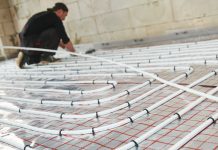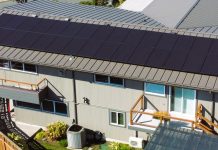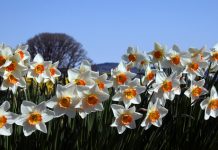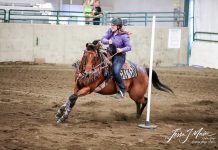Since time immemorial, people have canoed, kayaked, and sailed around the waterways of what is known as Burrows Island. The Coast Salish tribes used this bay off of Anacortes as fishing grounds with water routes connecting their lands across the Salish Sea. In 1792, Spanish explorers braved the strong tidal currents and sailed their ships, the Sutil and Mexicana, up through Burrows Pass. In their ship’s records, they documented passing both Burrows and Allan Islands, naming them Islas Morros, as they headed further inland towards the Guemes Channel. But did you know there is a lighthouse in Anacortes? The Burrows Island Lighthouse stands tall as a beacon of maritime history.
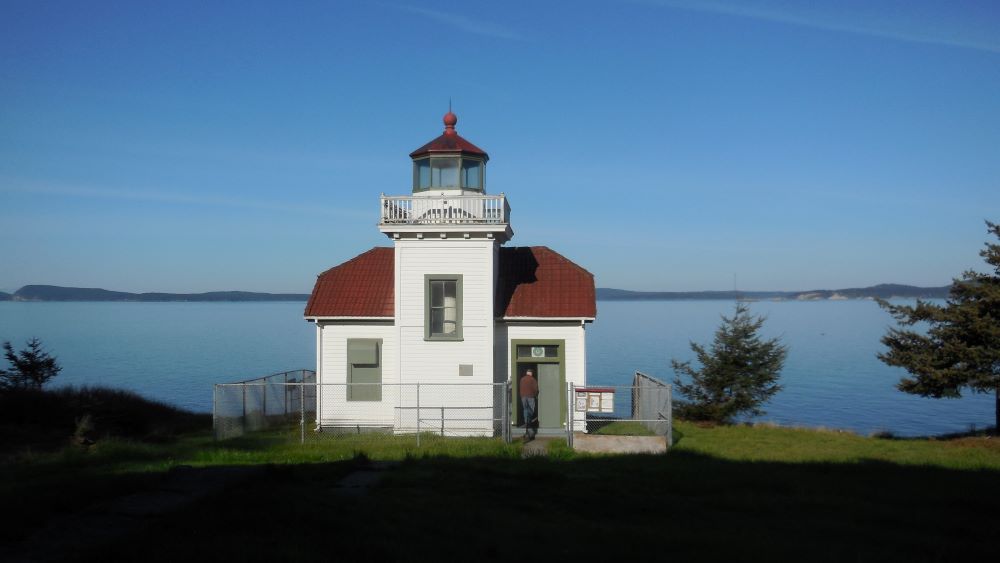
Naming Burrows Island
In 1841, the island received the new name Burrows. According to the Anacortes Museum data and Dan Call, a local Anacortes resident and member of the Northwest Schooner Society (NWSS), the island became named after Lieutenant William Burrows, commander of the Enterprize, who died during the War of 1812.
Burrows Island Lighthouse History
The story of Burrows Island Lighthouse begins in 1897 when the Lighthouse Board, realizing the increasing traffic in the waterways coming from Bellingham Bay and down through Rosario Strait heading out to the Strait of Juan de Fuca was increasing. Given the strong eddy and tidal rips found near Burrows Island, they requested a light and a fog signal be built. It took a few years of petitioning Congress but finally, in 1903, funds were appropriated. Bids for work and construction were opened on May 10, 1905.
Carl W. Leick designed the wood-framed lighthouse along with the keeper’s quarters and the fog signal building. Leick’s work can be seen up and down the Salish Sea coastline as he also designed the Turn Point Lighthouse on Stuart Island, Patos Island Lighthouse, and the Mukilteo Landing Lighthouse.
Burrows Island’s shoreline consists mainly of sheer rock formations with sudden, abrupt declines, while the interior of the island is adorned with steep hills covered with evergreen trees or grassy areas. The lighthouse complex was constructed on the most level area found on the island looking out west towards the Strait of Juan de Fuca.
Burrows Island Lighthouse began operating with a full staff on April 1, 1906. Originally equipped with a fourth-order fresnel lens, its light emitted a distinctive light pattern warning ships of the dangers of nearby Dennis Shoal and Lawson Reef. Places a ship did not want to get snarled in.
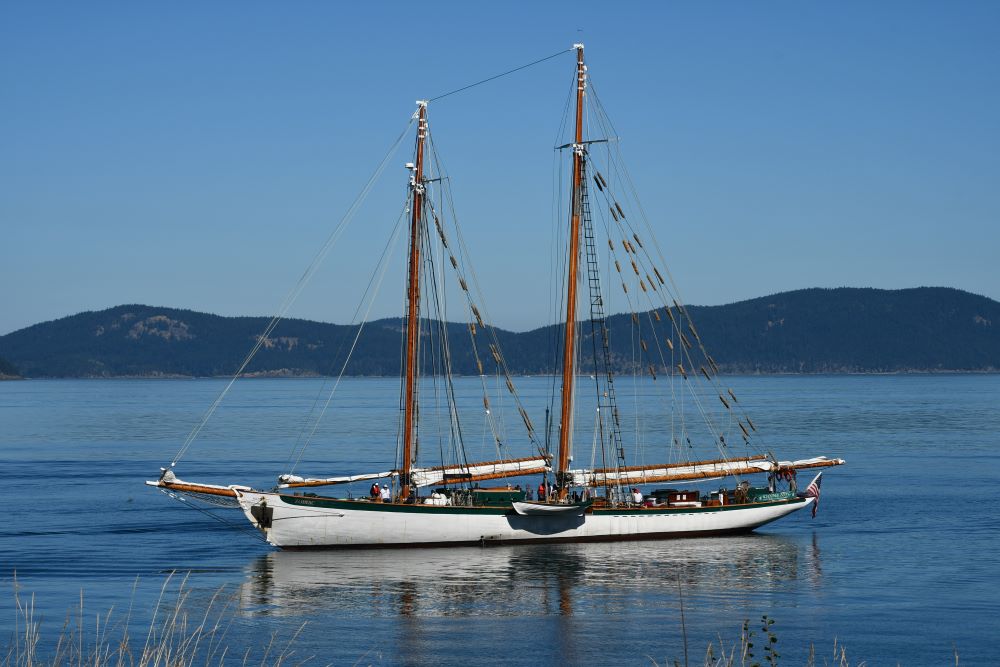
In the 1930s, a radio beacon was established with a similar one installed at Cattle Point Lighthouse on San Juan Island. Around this same time, in 1939, the Coast Guard officially took over command of the lighthouse compound, remaining on the island until 1972.
That same year, automation came to the Burrows Island Lighthouse, coinciding with the departure of the remaining Coast Guard personnel from the station. Subsequently, the keepers’ dwelling and boathouse were boarded up. In the early 1990s, a modern optic light replaced the original Fresnel lens and the keeper’s bungalow became replaced with a helicopter landing pad.
In 1978, a transfer of forty acres on Burrows Island was made to the Washington State Parks and Recreation Commission, marking the inception of the process. Subsequently, the state continued to acquire a majority of the island’s 329.5 acres, leading to the establishment of Burrows Island Marine State Park.
Transfer to Northwest Schooner Society
Thanks to the National Historic Lighthouse Preservation Act of 2000, the opportunity arose for the Burrows Island Light Station to be released by the United States Coast Guard on April 27, 2006. Intending this release to transfer to an organization dedicated to the restoration of the station. Among the applicants, five nonprofit entities threw their hats in the ring. Following a deliberation process, Secretary of the Interior Ken Salazar reached a decision and endorsed the necessary paperwork on June 23, 2010. This marked the initiation of the transfer process of Burrows Island Lighthouse to the Northwest Schooner Society. By April of the next year, the NWSS officially became the licensed guardian of the property.
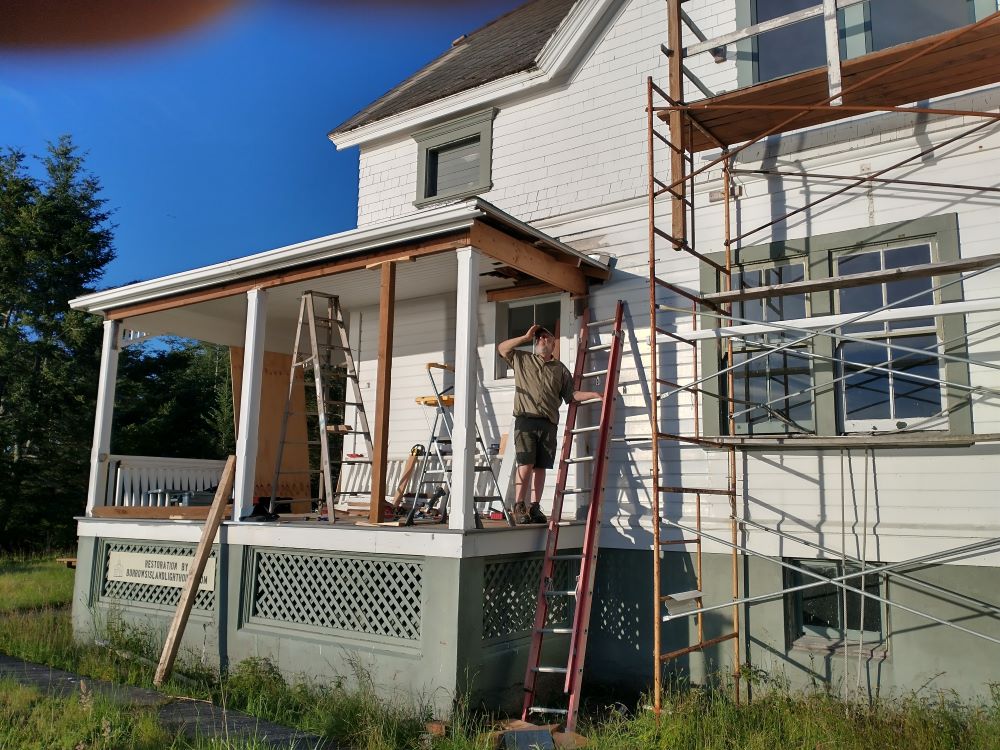
Today the lighthouse and its buildings are in need of much repair. Years of neglect, vandalism and derelict use have taken their toll. “It is the mission of NWSS to restore the main buildings to their 1939 appearance and the south side structures to resemble their original appearance of 1906,” shares Dan Call. “Two distinct points in history to be preserved.”
Currently, there is a slight hold up for the NWSS is awaiting the United States Coast Guard to finalize an environmental cleanup of lead-based paint contamination at the site. Once this is completed, the Burrows Island Lighthouse Station title can be released and the NWSS may move forward with their plans.
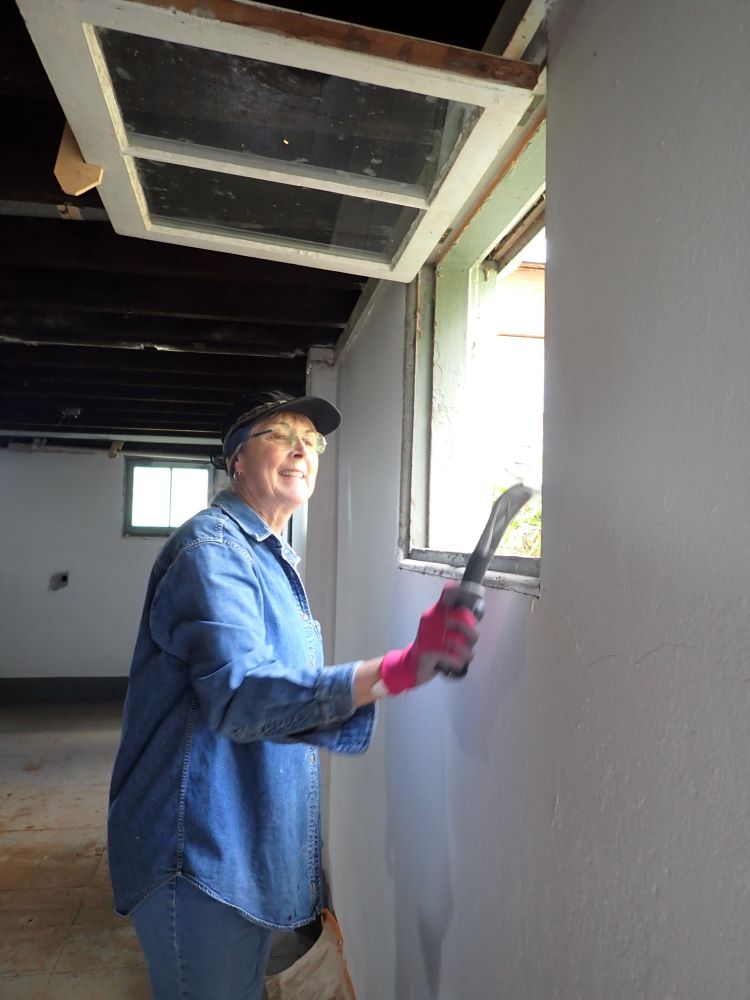
These plans include renovating the Keeper’s quarters, where people can stay in the historic home and experience being lightkeepers themselves as well as creating an interpretive center within the lighthouse and offering tours.
Continuously working towards their goal, the NWSS is always open to new volunteers who enjoy preserving history, a little hard work and an abundance of camaraderie. Contact them on the Northwest Schooner Society website to get involved.
Seeing the Burrows Island Lighthouse Today
Today, this southern island in the San Juan archipelago remains only accessible by boat and is popular with kayakers. Head to the west side of Burrows Island to view the lighthouse and look westward over Rosario Strait. The areas to the north and south are private.

